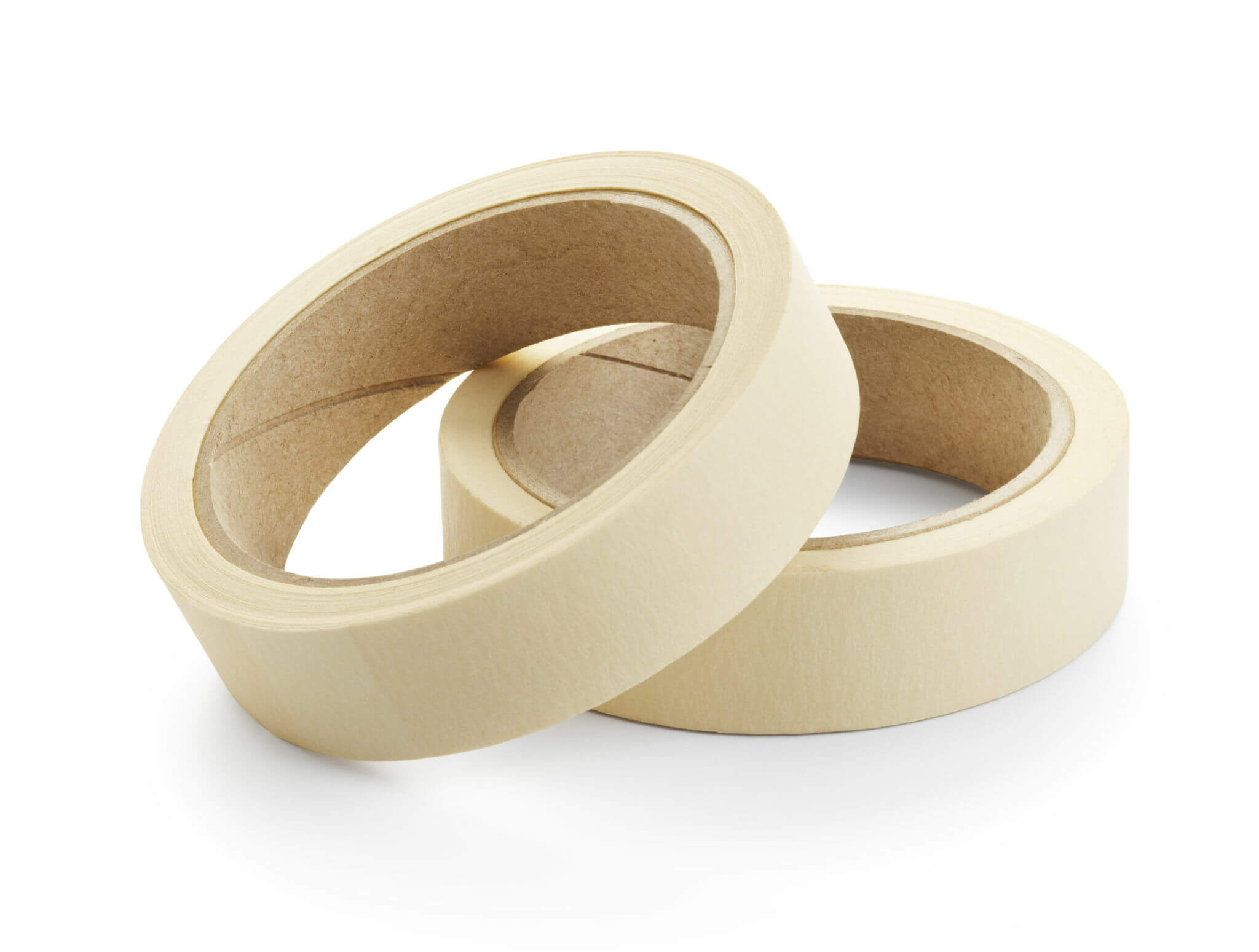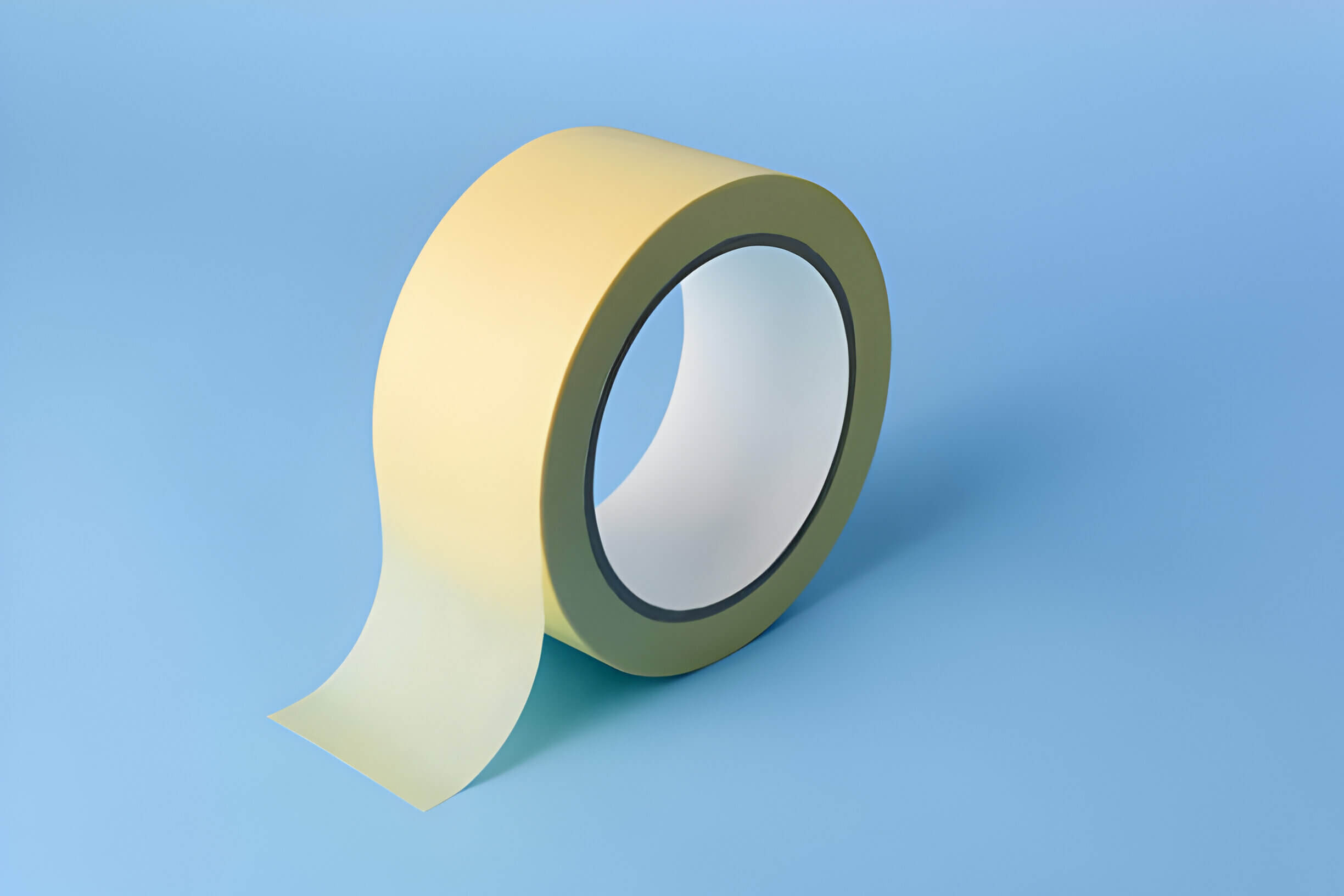Masking tape is a crucial element in various industries, from automotive painting to home renovations, providing clean and sharp lines while protecting surfaces from paint, dust, and debris. However, the application of masking tape can significantly affect the final outcome. Choosing the right tools for applying masking tape, whether manual or automatic, is essential for achieving the best results. This blog will guide you through the factors to consider when selecting between manual and automatic tools for masking tape applications, helping you make an informed decision for your specific needs.
Understanding Manual Masking Tape Application
Manual tools for masking tape application include handheld dispensers, rollers, and simple applicators that rely on the operator’s skill and precision. These tools are widely used across various industries due to their simplicity, affordability, and ease of use. Here are some advantages and disadvantages of manual masking tape application:
Advantages of Manual Masking Tape Application
- Cost-Effective: Manual tools are generally less expensive than automatic machines. For small-scale projects or businesses with budget constraints, manual application tools are an economical choice.
- Flexibility: Manual application allows for greater flexibility in handling intricate and detailed work. Operators can easily adjust the tape’s position, angle, and tension, making it ideal for custom jobs.
- Portability: Most manual tools are lightweight and portable, making them easy to transport and use in various locations.
- Control: Manual application provides greater control over the tape’s placement, ensuring accuracy in areas that require precision, such as edges and corners.
Disadvantages of Manual Masking Tape Application
- Time-Consuming: Applying masking tape manually can be labor-intensive and time-consuming, especially for large-scale projects. The process requires careful attention to detail, which can slow down productivity.
- Inconsistent Results: The quality of the application depends on the operator’s skill and experience. Inconsistent pressure or alignment can lead to uneven edges, gaps, or overlapping tape, resulting in a subpar finish.
- Physical Strain: Repeated manual application can cause physical strain, particularly in high-volume or repetitive tasks, leading to operator fatigue and potential errors.
Understanding Automatic Masking Tape Application
Automatic tools for masking tape application include machines and equipment that apply the tape with minimal human intervention. These tools are commonly used in industrial settings where speed, efficiency, and consistency are critical. Here are the advantages and disadvantages of automatic masking tape application:
Advantages of Automatic Masking Tape Application
- Increased Productivity: Automatic tools can apply masking tape at a much faster rate than manual methods, significantly reducing the time required for large-scale projects.
- Consistency: Automatic machines ensure uniform tape placement with consistent tension and alignment, leading to a high-quality finish with minimal errors.
- Reduced Labor Costs: By automating the tape application process, businesses can reduce labor costs and minimize the risk of human error, leading to cost savings over time.
- Precision: Automatic tools are designed to apply tape with high precision, making them ideal for applications where accuracy is paramount, such as automotive painting or electronics manufacturing.
Disadvantages of Automatic Masking Tape Application
- High Initial Cost: Automatic machines are typically more expensive than manual tools. The initial investment may be prohibitive for small businesses or those with limited budgets.
- Complexity: Automatic machines can be complex to operate and maintain, requiring specialized training and technical knowledge.
- Limited Flexibility: While automatic tools offer precision and speed, they may lack the flexibility to handle intricate or custom work. Certain jobs may still require manual intervention for detailed tasks.
- Space Requirements: Automatic machines are often larger and require more space than manual tools, which may be a consideration for businesses with limited workspace.
Factors to Consider When Choosing Between Manual and Automatic Tools
When deciding between manual and automatic tools for masking tape application, consider the following factors:
1. Project Scale and Volume
- Manual Tools: Suitable for small to medium-scale projects where the volume of work is manageable, and speed is not the primary concern.
- Automatic Tools: Ideal for large-scale projects with high-volume requirements, where speed and consistency are essential.
2. Budget Constraints
- Manual Tools: Cost-effective and accessible for businesses with limited budgets.
- Automatic Tools: Require a higher initial investment but can lead to long-term cost savings through increased efficiency and reduced labor costs.
3. Precision and Quality Requirements
- Manual Tools: Offer greater control and flexibility, making them suitable for detailed or custom work where precision is needed.
- Automatic Tools: Provide consistent and high-quality results, ideal for applications where uniformity and accuracy are critical.
4. Operator Skill and Training
- Manual Tools: Depend heavily on the operator’s skill and experience, which can vary the quality of the application.
- Automatic Tools: Require specialized training but offer consistent results regardless of the operator’s skill level.
5. Space and Portability
- Manual Tools: Lightweight and portable, making them easy to use in various locations.
- Automatic Tools: Larger and require more space, suitable for fixed industrial setups.
Conclusion
Choosing between manual and automatic tools for masking tape applications depends on various factors, including the scale of the project, budget, precision requirements, operator skill, and workspace availability. Flexibond Tapes, a leading masking tape manufacturer in Gujarat and across India, understands the diverse needs of its customers and offers a range of masking tape products that cater to both manual and automatic applications.
For businesses and individuals who prioritize flexibility, cost-effectiveness, and the ability to handle intricate work, manual tools may be the best choice. On the other hand, for large-scale operations where speed, consistency, and efficiency are paramount, investing in automatic tools could be more beneficial.
Ultimately, the decision should be based on your specific needs and the nature of your projects. Whether you opt for manual or automatic tools, using high-quality masking tape from a reputable masking tape manufacturer in Gujarat like Flexibond Tapes will ensure that your work is completed with precision and professionalism.
By considering the factors outlined in this guide, you can make an informed choice that aligns with your operational goals and ensures the best possible outcome for your masking tape applications.




